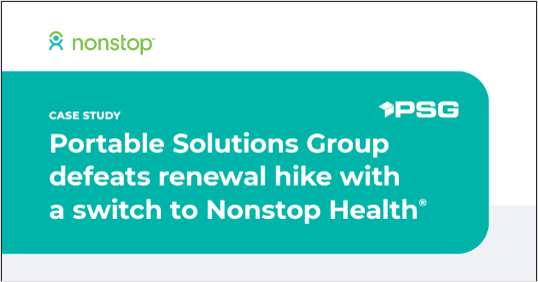If you borrow from your 401(k) plan and don’t pay it back, you have a lot of company—and it’s going to cost you bigtime.
Lots of people borrow from their 401(k)s.
In fact, according to a study from the Pension Research Council at the Wharton School, University of Pennsylvania, 20 percent of people at any one time have loans outstanding from their 401(k) plans, while nearly 40 percent have borrowed at some time or other within the past five years.
But the bad news is that if you leave a job with a 401(k) loan outstanding, you’re far more likely than not to default on that loan—and that’s really bad news, not just for you but for the aggregate total of retirement funds.
Who are the folks who are most likely to take loans from their retirement plans? The study, titled “Borrowing from the Future: 401(k) Plan Loans and Loan Defaults,” said that younger and lower-paid members of the workforce and those who are already experiencing a cash flow problem are the workers most likely to take loans.
The scary thing is that most of these folks are in no position to owe money—and they end up owing even more if they default on a loan.
Most don’t realize that not only are they failing to pay back retirement funds that they’ll need later in life, they’re also losing the time value of investment on those funds.
The other thing they tend to forget is that they also have to pay income tax on the money they’ve borrowed and not repaid—plus a hefty tax penalty of another 10 percent of what they’ve taken out, in addition.
People whose retirement plans allow multiple loans tend to take multiple loans, the study found. And while individual loans might be smaller, the probability of borrowing “nearly doubles,” the study said, “and the aggregate amount borrowed rises by 16 percent....”
In addition, 10 percent of 401(k) loans are not repaid, usually because the borrower has moved on to a new employer.
Those outstanding loans end up becoming part of retirement plan “leakage”—money that comes out of plans before retirement and doesn’t go back in.
Between 401(k)s and IRAs, the study cited an estimated aggregate premature withdrawal rate (loans included) amounting to 30–45 percent of annual total contributions.
But here’s the thing: among people moving on to a new employer with a loan outstanding to their 401(k), a stunning 86 percent will default on that loan. “Workers at firms allowing multiple loans,” the study said, “have default rates that are higher by 1.7 percent,” while participants who stuck to just one loan even when their employer allowed multiple loans are 2.2 percent less likely to default.
The study’s authors estimated that loan default leakage from retirement plans adds up to $6 billion every year.
Complete your profile to continue reading and get FREE access to BenefitsPRO, part of your ALM digital membership.
Your access to unlimited BenefitsPRO content isn’t changing.
Once you are an ALM digital member, you’ll receive:
- Breaking benefits news and analysis, on-site and via our newsletters and custom alerts
- Educational webcasts, white papers, and ebooks from industry thought leaders
- Critical converage of the property casualty insurance and financial advisory markets on our other ALM sites, PropertyCasualty360 and ThinkAdvisor
Already have an account? Sign In Now
© 2024 ALM Global, LLC, All Rights Reserved. Request academic re-use from www.copyright.com. All other uses, submit a request to [email protected]. For more information visit Asset & Logo Licensing.








